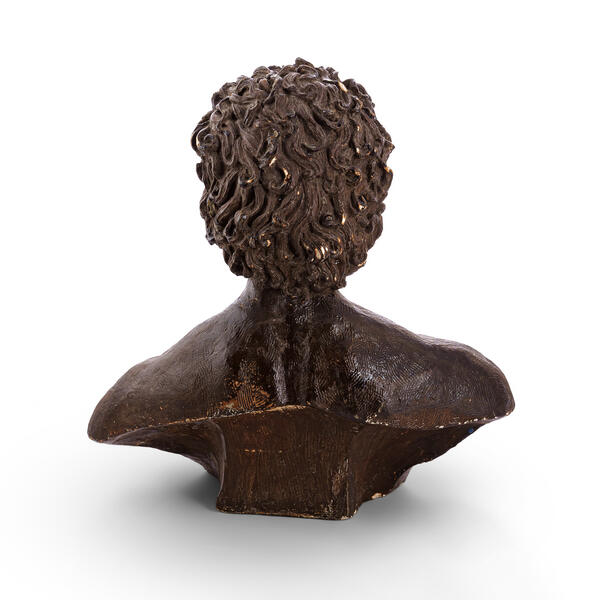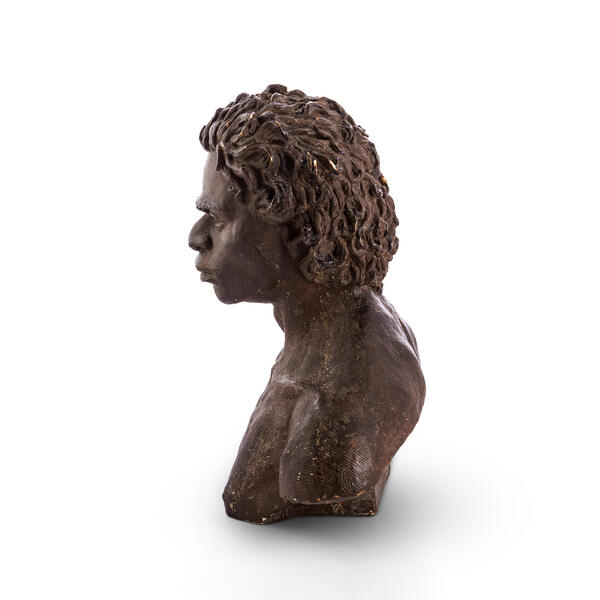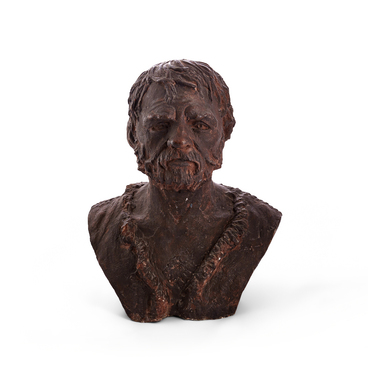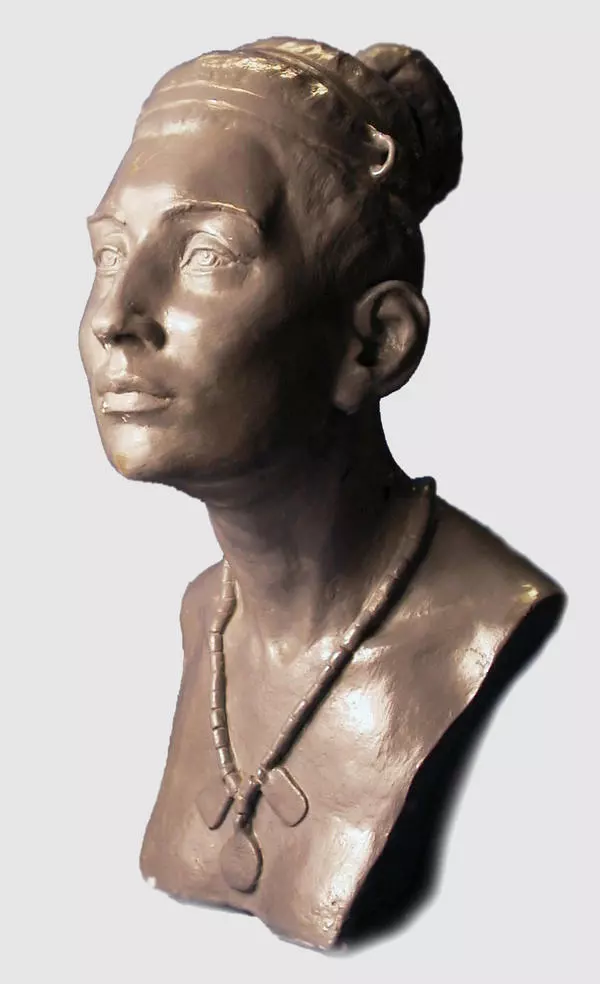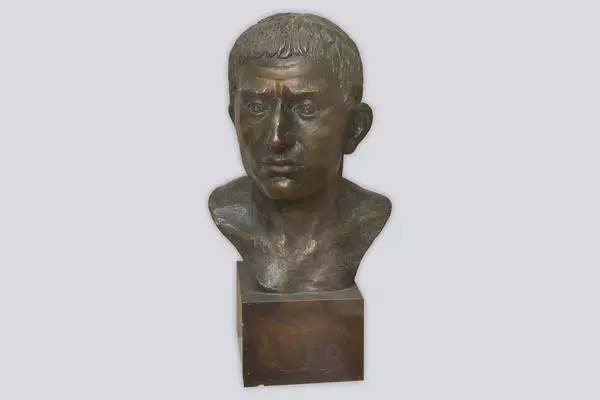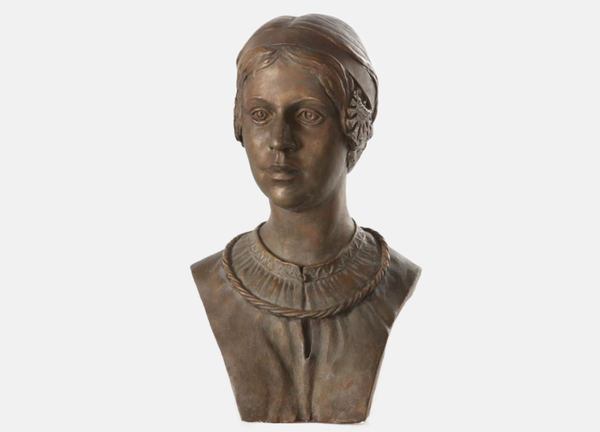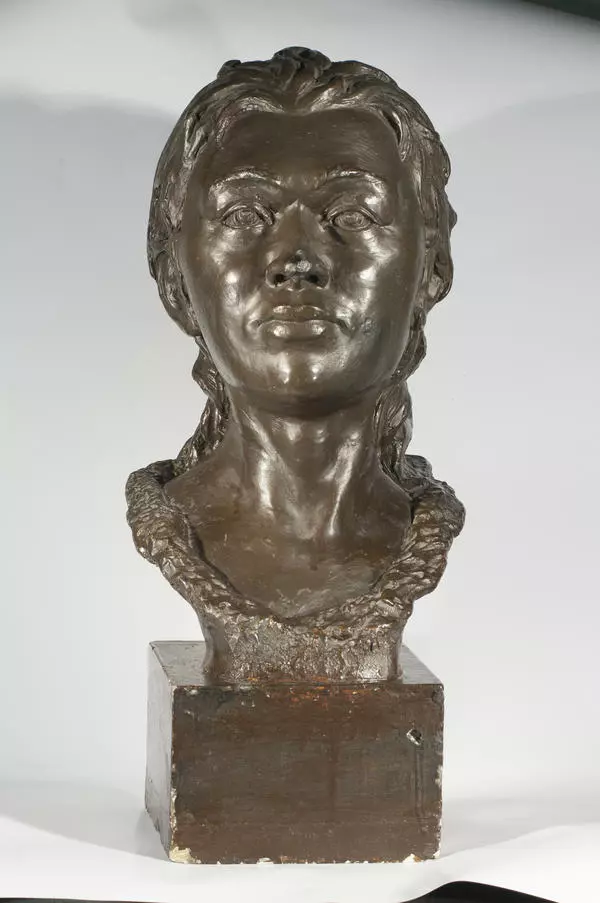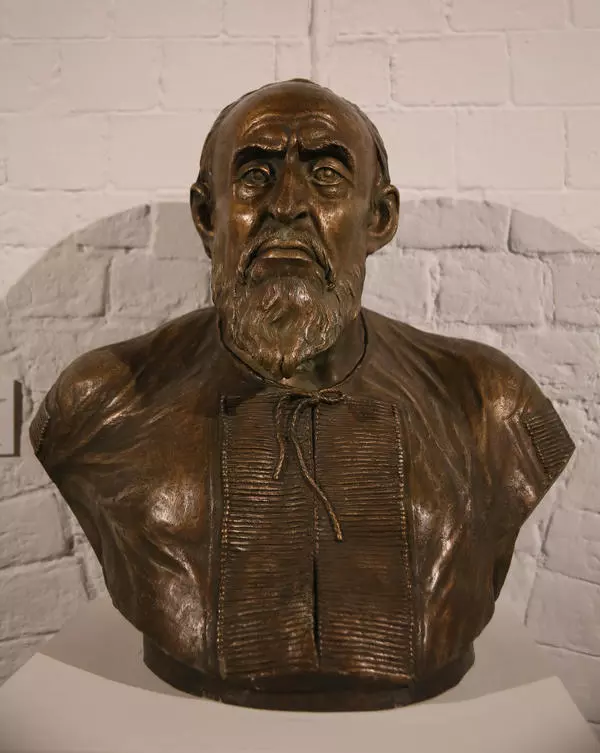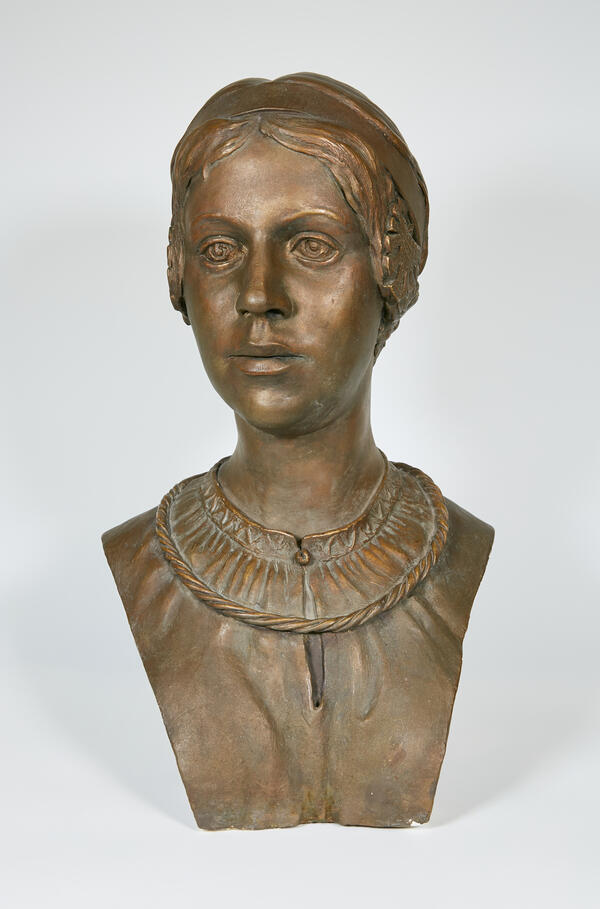No more than a dozen Paleolithic burials have been identified on the territory of the European part of Russia. Five of these were discovered in the Kostenki–Borshchevo archaeological complex, on a ten-kilometer-long area on the right bank of the Don River. The best-known burial site was identified by scientists at Kostenki 14.
In 1954, a burial pit was uncovered in this area, beneath the remains of the third cultural layer. A bound skeleton was found inside the pit, with its arms drawn to its chest, knees to its stomach, and heels to its pelvis. Interestingly, the skeleton’s teeth held the index finger. Bones were found in the pit that had been sprinkled with red ocher. This discovery was made by a Soviet expedition led by Alexander Nikolayevich Rogachyov.
In terms of the level of preservation, the skeletal remains from the Kostenki 14 excavation site are among the most significant anthropological discoveries of the Upper Paleolithic period in Eastern Europe. An attempt to reconstruct the physical appearance of the individual buried at this site was successfully carried out by the archaeologist and physical anthropologist Mikhail Mikhailovich Gerasimov. He was born on September 15, 1907, in St. Petersburg. He grew up in Siberia where met the ethnographer, local historian and archaeologist Bernhard Eduardovich Petri. Petri introduced Gerasimov to the world of archaeology.
In 1922, Mikhail Gerasimov began his career at the Irkutsk Local History Museum. While working there, he conducted research on the Stone Age monuments of Siberia. In 1928, he discovered a now famous Upper Paleolithic site of Malta (Mal’ta). This significant discovery contributed to Gerasimov’s recognition within the archaeological community. Throughout the 1930s and 1940s, Gerasimov worked at various institutions, including the State Academy of History of Material Culture and the State Hermitage in Leningrad (St. Petersburg), before joining the Institute for History of Material Culture in Moscow.
During this period, Gerasimov developed a technique for reconstructing the appearance of a person based on their skull structure. The process involved several stages, including analysis of the skull, graphical reconstruction, sculptural reproduction of the head, and finalization of the bust based on historical data.

